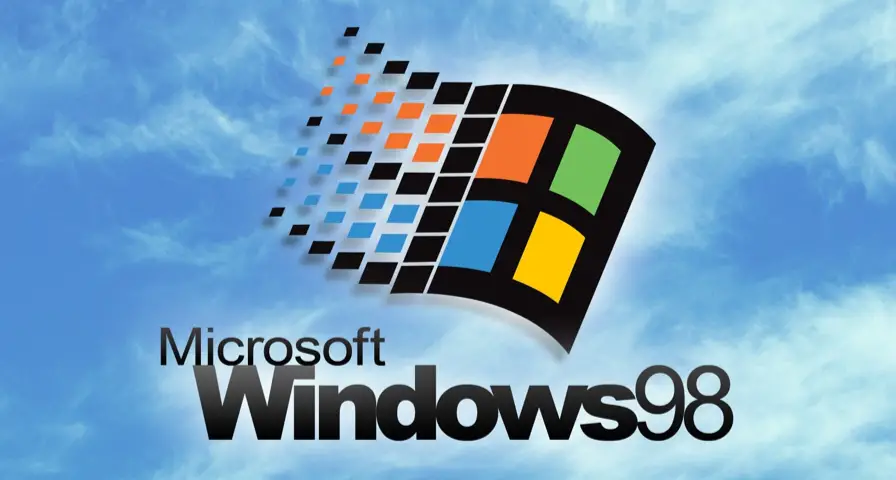Reformat reinstall Windows 98 on your laptop
Question: I have a laptop computer with only one drive slot, so I can run either a CD-ROM drive or a floppy drive, but not both at the same time. What do I do if I want to reformat, reinstall Windows 98, which normally requires the use of a floppy disk and Windows CD? —R.D.A.
Answer: On laptops, or notebook computers are they are also called, Windows can be reinstalled using the recovery CD that came with the system.
- Load the CD-ROM drive into the drive bay of the computer and reboot your computer.
- Then insert the recovery CD. Use Windows Explorer to access the contents of the disk (It’s usually drive “D”). There should be a file called setup.exe or install.exe. Run this program by double-clicking on it.
- Most recovery disks give you two options. You can choose to reformat the hard drive and reinstall the operating system, or you can choose to just reinstall the operating system. Often the utility will also reinstall all the original programs that came with the laptop.
If the recovery CD won’t run while you have Windows 98 running, then restart your computer and hit F8 as it begins to boot. Select option #5 for the command prompt. At the prompt (which will look like C:>) type D: and hit the Enter key. Then type dir to list the files on the CD, and search for the one most likely to start the recovery sequence. (possibly setup.exe or install.exe or something similar). When you’ve located it, type it at the command prompt and hit the Enter key.
If you cannot access Windows because it is corrupt or because you have already wiped it out, then the process is slightly more involved:
- First, you’ll have to do a little bit of research to find out how to get into the computer’s BIOS. That’s a chip on the computer that contains all the system information about your notebook including the date and time and number and type of drives. Normally, this can be accessed by hitting a function key (one of the keys across the top of your keyboard that have a capital F and a number on them, which is why they’re sometimes called just “F” keys) when the computer first starts up. On my Sony laptop it’s the F2 key, but on other machines it can be any one of the “F” keys. Check out the support area of the laptop maker’s website to determine what function key to use.
- To see how to access the BIOS on an IBM Thinkpad.
- To see how to access the BIOS settings on your Toshiba notebooks.
- Access BIOS info for Sony notebooks.
- To access the support area for Dell notebooks.
- To access the support area for Compaq notebooks.
- Once you have determined how to get into the notebook’s BIOS, restart your computer and access it.
- In one of the BIOS menus there will be a way to specify the boot sequence of your computer. Normally computers access the floppy drive first, then the hard drive and finally the CD-ROM during the boot sequence. So select the CD-ROM drive to boot first, with the hard drive second.
- Save the settings and exit the BIOS.
- Now, with the recovery CD in the CD drive of the laptop, restart your machine. The computer should access the CD drive and provide you with various recovery options.
Newer computers can boot from the CD-ROM drive. On older computers this may not be possible. If this is the case you should check with your manufacturer to determine what to do next. I was surprised to discover that it is possible to do this on my Sony VAIO 200 MHz Pentium machine, which was built in 1998. Some recovery CDs are actually formatted like a boot disk, so if the system can access the drive then it will boot-up from the system files on the CD.
One final note. If the recovery CD installs an operating system older than the one currently on your computer, you’ll be faced with a two-step recovery. Use the recovery procedure above to install the older operating system, and then boot into the older Windows. Put your Windows upgrade CD in the CD-ROM drive and run the setup.exe file. This will install the Windows upgrade on top of the older operating system.
If your laptop computer has both a floppy drive and CD-ROM drive that are (or can be installed) onboard at the same time, then you can do the reinstall and reformat as you would on a regular PC. See the Upgrade to Windows 98 article on how to do this for a variety of operating systems.
Related: See a video tutorial series on how to wipe XP and reformat

